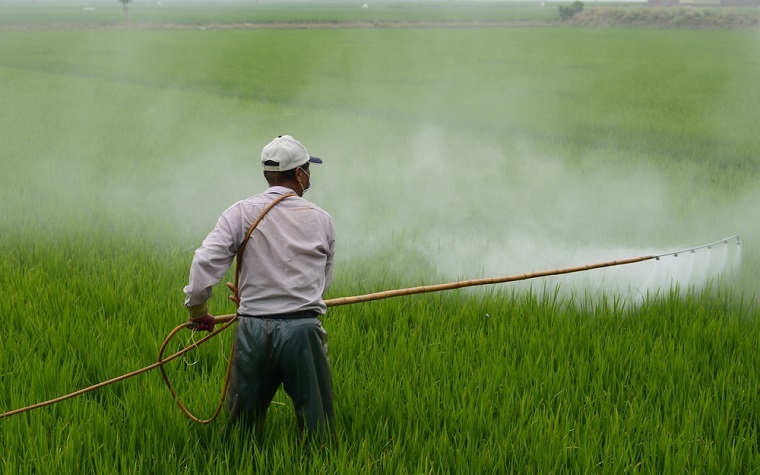Syngenta believes the Environmental Protection Agency's Environmental Fate and Effects Division (EFED) erroneously concluded a preliminary ecological risk assessment on the pesticide Atrazine that is negatively inaccurate because they failed to listen to high-quality studies and instead listened to studies that the EPA’s Scientific Advisory Panel had already disproved.
In the 2012 reports, it was determined that atrazine’s level of concern could be six times higher than the proposed amount for the pesticide while still protecting aquatic habitats. In fact, the EFED report suggests lowering the LOC.
But atrazine has been put through 7,000 studies in the last 50 years and been deemed safe and also been shown to improve U.S corn, sorghum and sugar cane yields while reducing soil erosion and improving wildlife habitats. Without using Atrazine, farmers risk losing up to $59 per acre according to a University of Chicago study.
Syngenta hopes the EPA EFED will consider reevaluating their report, using the most accurate data available so that farmers are not at risk of losing crop yield or income because of false or outdated studies which have been proved false by the EPA itself.




 Alerts Sign-up
Alerts Sign-up